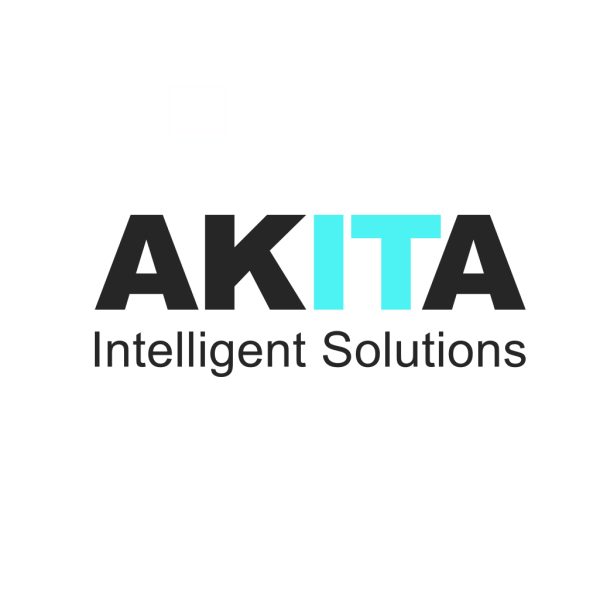When it comes to digital transformation, effective collaboration and streamlined information management are critical for project success.
SharePoint, Microsoft's powerful content management and collaboration platform, has become a popular choice for organisations seeking to improve their workflow efficiency and enhance team collaboration. To ensure successful SharePoint deployments and to avoid potential pitfalls, it is essential to grasp the concept of "SharePoint scoping" and understand its significance in shaping the platform to match specific business needs.
In this article, we will explore what SharePoint scoping entails, its key components, and why it is vital for businesses to implement it during their SharePoint journey.
What is SharePoint Scoping?
SharePoint scoping is a process of planning and defining the scope and boundaries of a SharePoint deployment or project. It involves identifying the goals, objectives, and requirements of the SharePoint solution in relation to the organisation's overall business strategy.
Proper scoping helps organisations understand the depth and breadth of the SharePoint implementation, the resources required, and the potential impact on various stakeholders.
Key Components of SharePoint Scoping
SharePoint scoping involves several key components.
The process begins by aligning the SharePoint project with the business objectives, ensuring that the goals of the implementation are in sync with the overall strategic vision. Stakeholders play a significant role during this phase as they identify specific requirements, such as document management improvements, enhanced collaboration between teams, or the automation of business processes.
Functional requirements form another crucial aspect of scoping, as they outline the essential features and capabilities that the SharePoint solution must deliver. These could include document libraries, version control, team sites, search functionality, custom workflows, and integrations with other business systems. By carefully considering these functionalities, organisations ensure that SharePoint provides the necessary tools and capabilities to support day-to-day operations effectively.
Technical considerations are equally important. Understanding an organisation's Microsoft 365 setup - in terms of security, data, authentication and licensing - guarantees that the SharePoint solution will align with existing ways of working.
A final aspect of scoping is the consideration of the user experience (UX). A successful SharePoint deployment relies on its usability and how well it aligns with the workforce's needs and preferences. Organisations must focus on creating an intuitive, user-friendly interface and ensuring that the platform's design is consistent with the company's branding and guidelines.

Importance of SharePoint Scoping:
Focused and Efficient Implementation: Scoping helps organisations avoid excessive customisation or unnecessary features, ensuring that the SharePoint solution is tailored precisely to the required functionalities. This focused approach streamlines the implementation process, reduces development time, and optimises resource allocation.
Cost Optimisation: By clearly defining the scope, organisations can accurately estimate the project's budget. Avoiding over-engineering or scope creep helps in cost optimisation, making the SharePoint implementation financially viable.
Enhanced User Adoption: A well-scoped SharePoint solution aligns with user needs, making it more appealing and easier to adopt. Users are more likely to embrace a platform that caters to their specific requirements and enhances their productivity.
Scalability and Future-Readiness: Proper scoping considers the organisation's future growth and scalability requirements. This ensures that the SharePoint solution can accommodate increasing data volumes, additional users, and evolving business needs without significant disruptions.
Risk Mitigation: Scoping helps in identifying potential risks and challenges early in the project lifecycle. This enables stakeholders to devise mitigation strategies and ensure a smoother deployment process.
Alignment with Business Objectives: A well-scoped SharePoint solution is closely aligned with the organisation's business objectives, contributing to overall business success. By focusing on relevant functionalities, SharePoint becomes an integral part of the organisation's digital transformation journey.
Aligning SharePoint With Business Objectives
Scoping therefore plays a crucial role in ensuring the successful implementation and adoption of Microsoft's versatile collaboration platform.
By carefully defining the scope and aligning it with business objectives, organisations can create a SharePoint solution that caters to their specific needs and facilitates efficient collaboration, streamlined information management, and overall business growth. Proper scoping optimises resource utilisation, reduces risks, and sets the foundation for a scalable, future-ready SharePoint environment.
As businesses continue to embrace digital transformation, SharePoint scoping remains a vital process to unlock the platform's full potential and reap its numerous benefits.





